Cardiac surgery today is less invasive and more routine and effective than its historic counterpart. Performed percutaneously — via a catheter through the skin — many cardiac procedures no longer require an open heart. Two such procedures performed this way include replacement and repair of the mitral and tricuspid heart valves. Hot on the trail of aortic valve percutaneous intervention, recent percutaneous mitral and tricuspid valve interventions have yielded significant positive outcomes while filling a void in the field of heart surgery. Exploration of this technology in a greater patient population is ongoing, but with promising postoperative results, the innovation has significant implications for the future of cardiac care.
Advertisement
Cleveland Clinic is a non-profit academic medical center. Advertising on our site helps support our mission. We do not endorse non-Cleveland Clinic products or services. Policy
In this video, learn why mitral and tricuspid valve percutaneous procedures are one of Cleveland Clinic’s top 10 medical innovations for 2019.
Advertisement
Advertisement
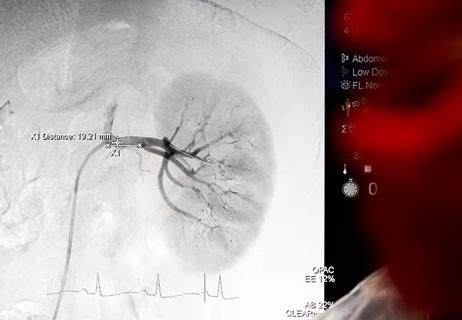
General principles for use of the long-awaited new therapy approach

ACC panel issues call to action to achieve CV health equity in an underserved population
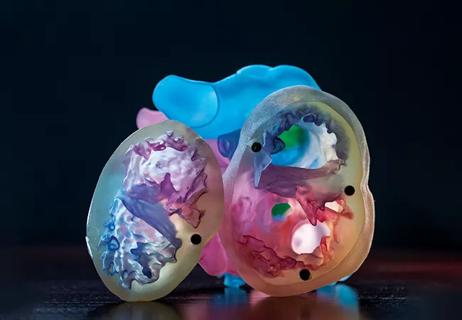
Get a glimpse of the facilities and technologies used by the nation’s top-ranked heart program
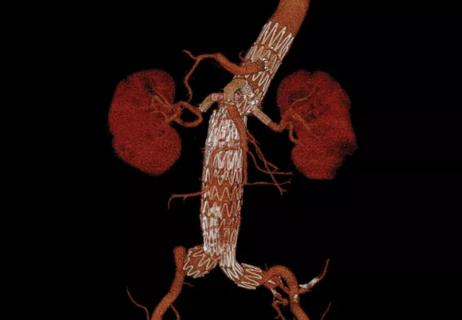
EVAR pioneer Dr. Juan Parodi surveys the past and future of a revolutionary procedure
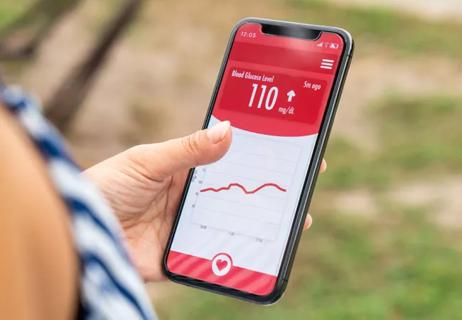
Latest systems combine continuous glucose monitoring with automatic basal insulin delivery
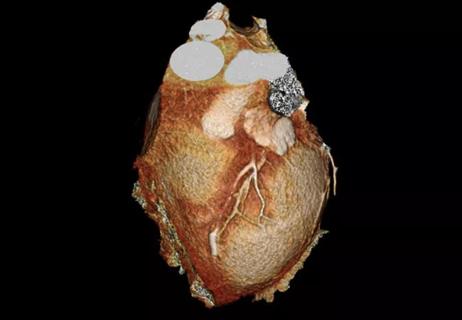
Common congenital lesion is not always benign
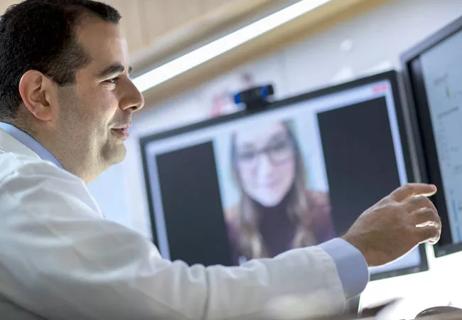
New study yields pre-pandemic insights for the post-pandemic landscape
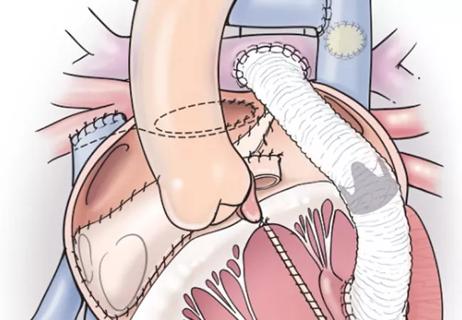
Series of five patients successfully treated with ‘ventricular switch’